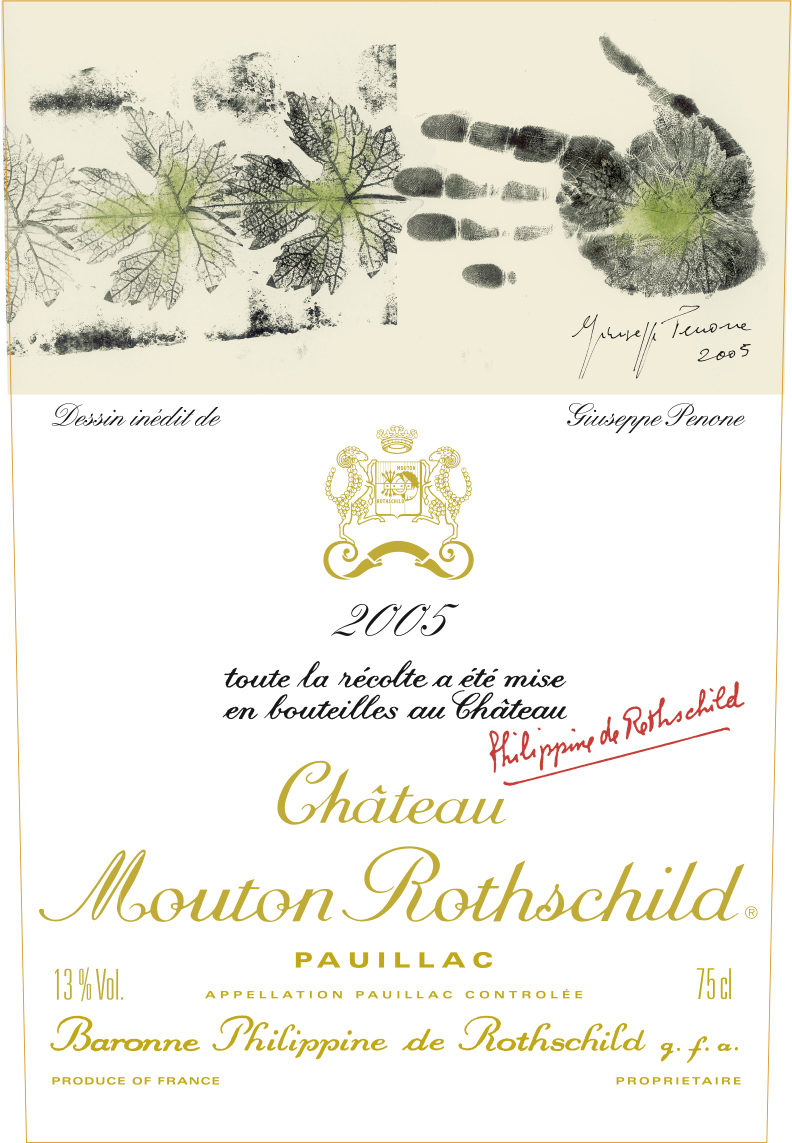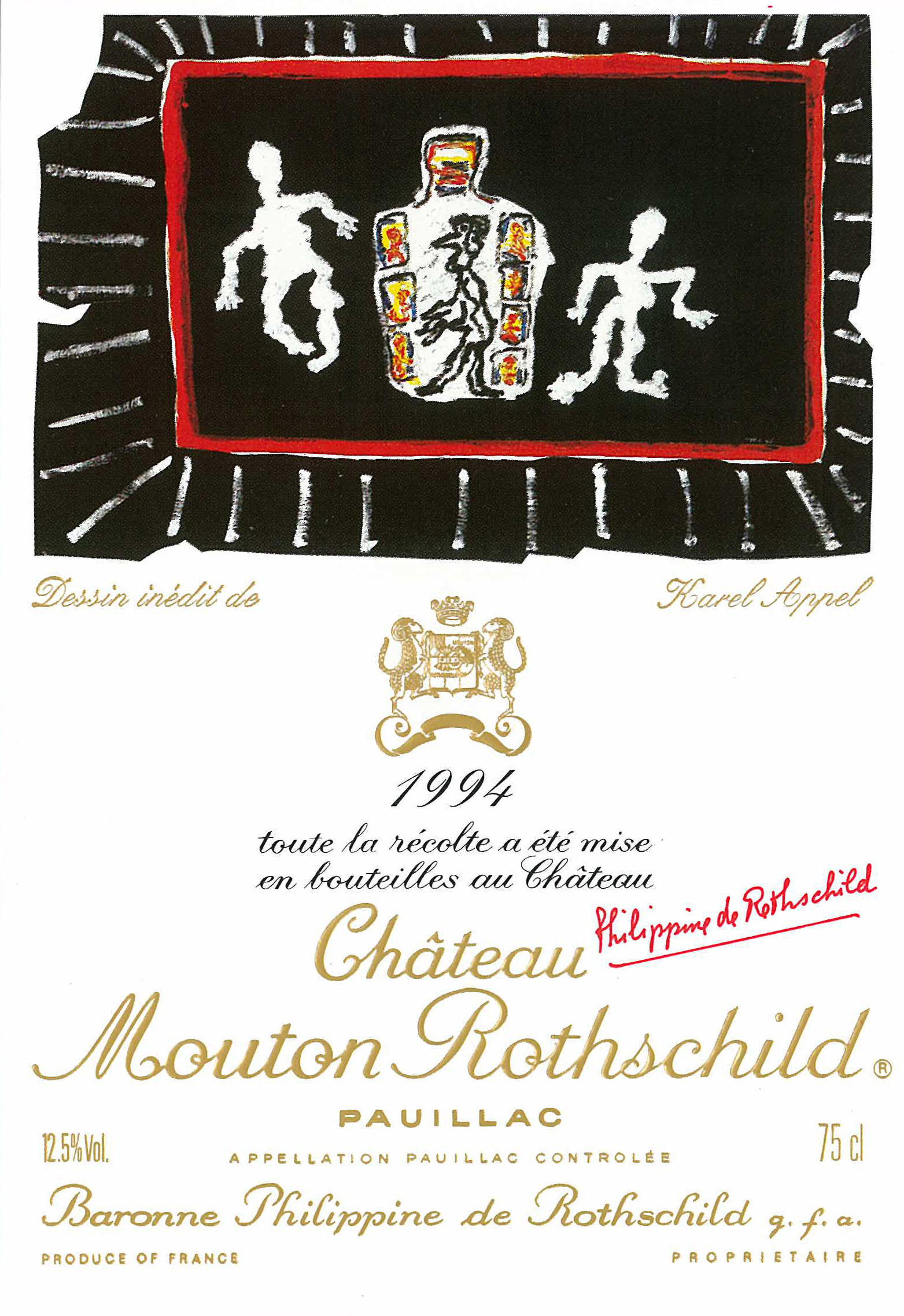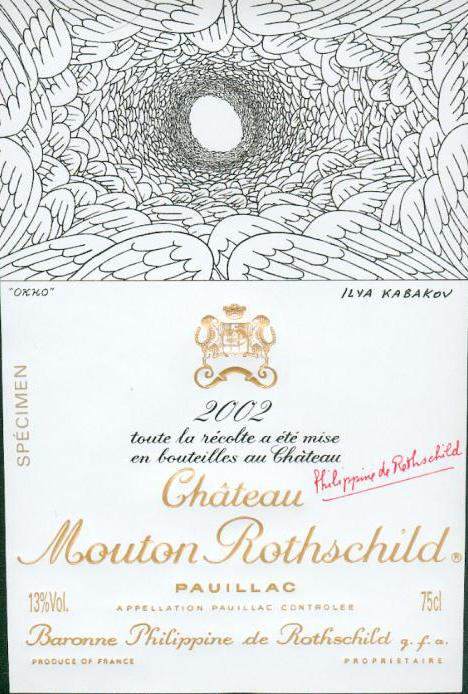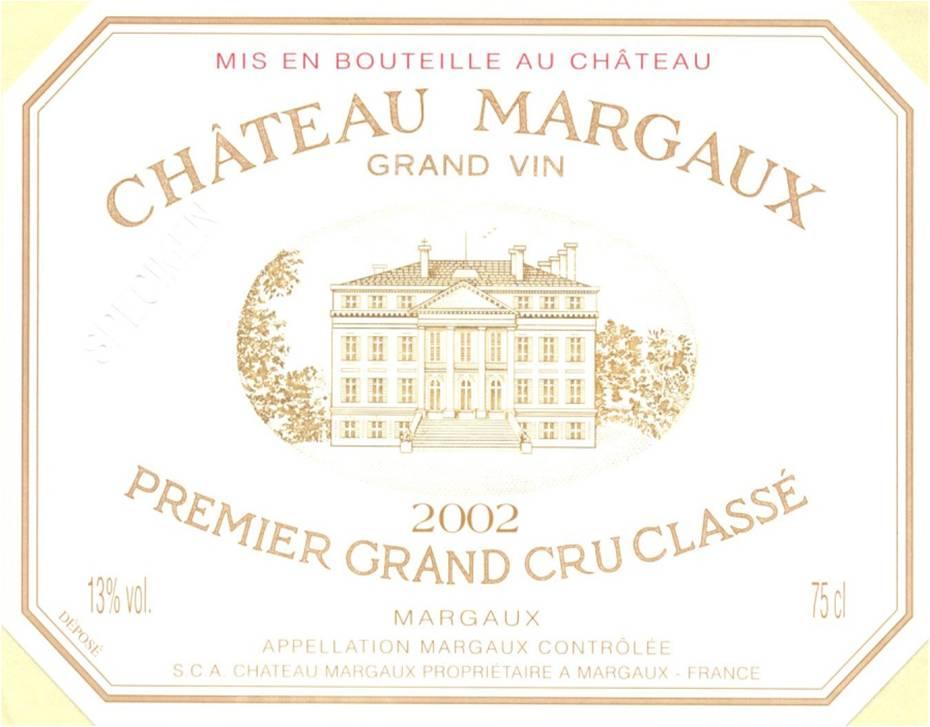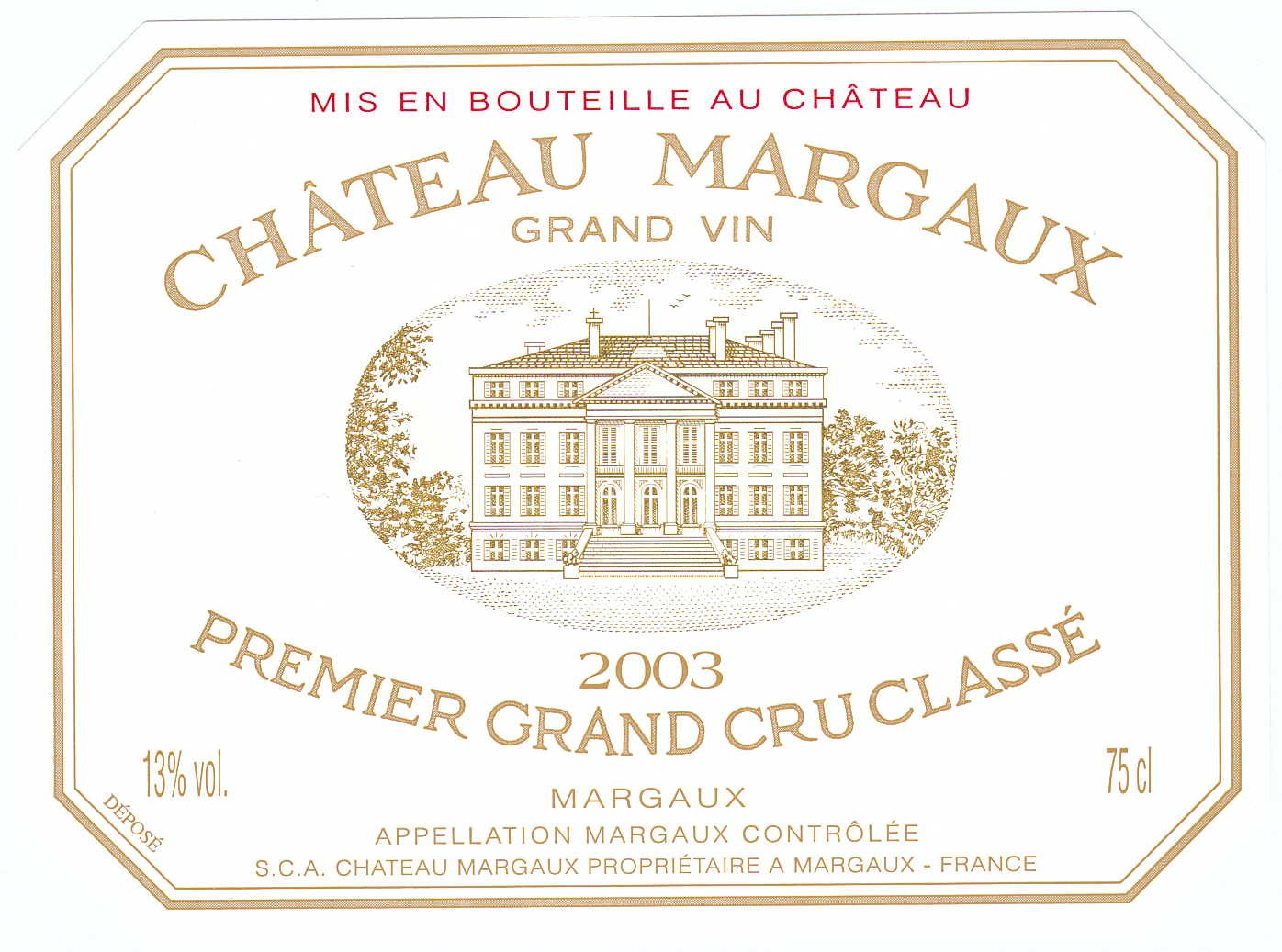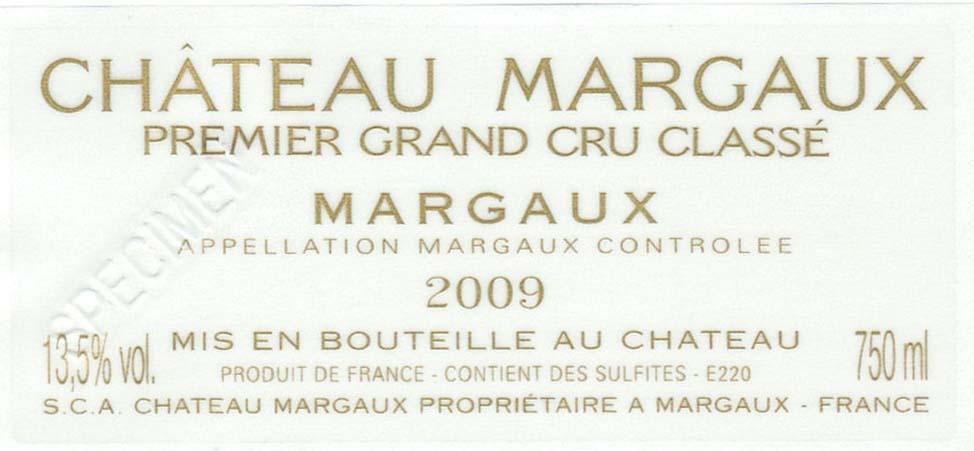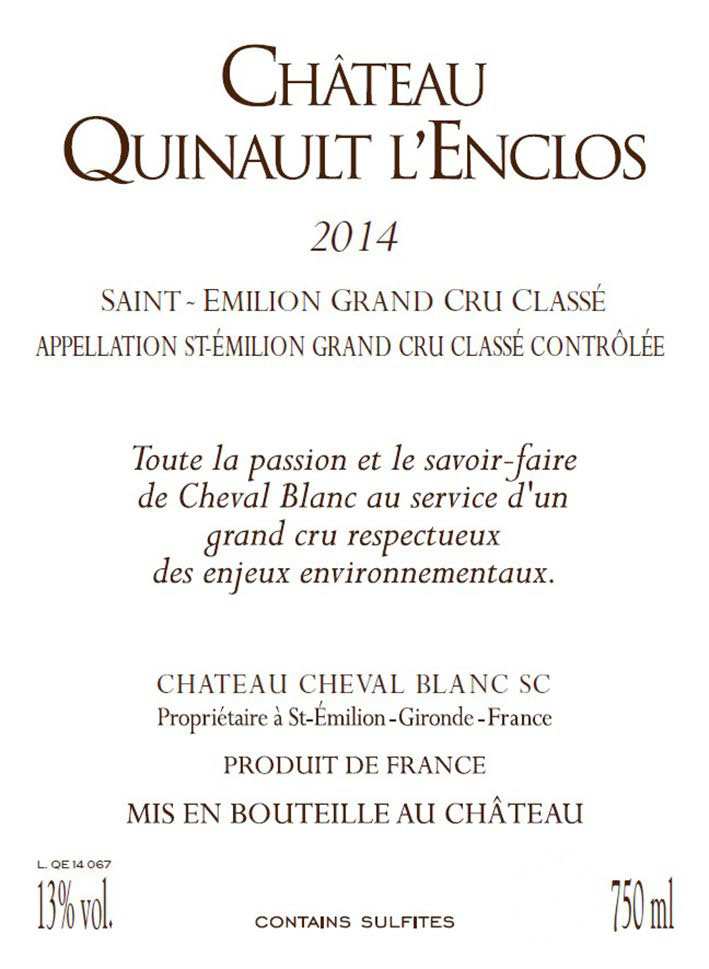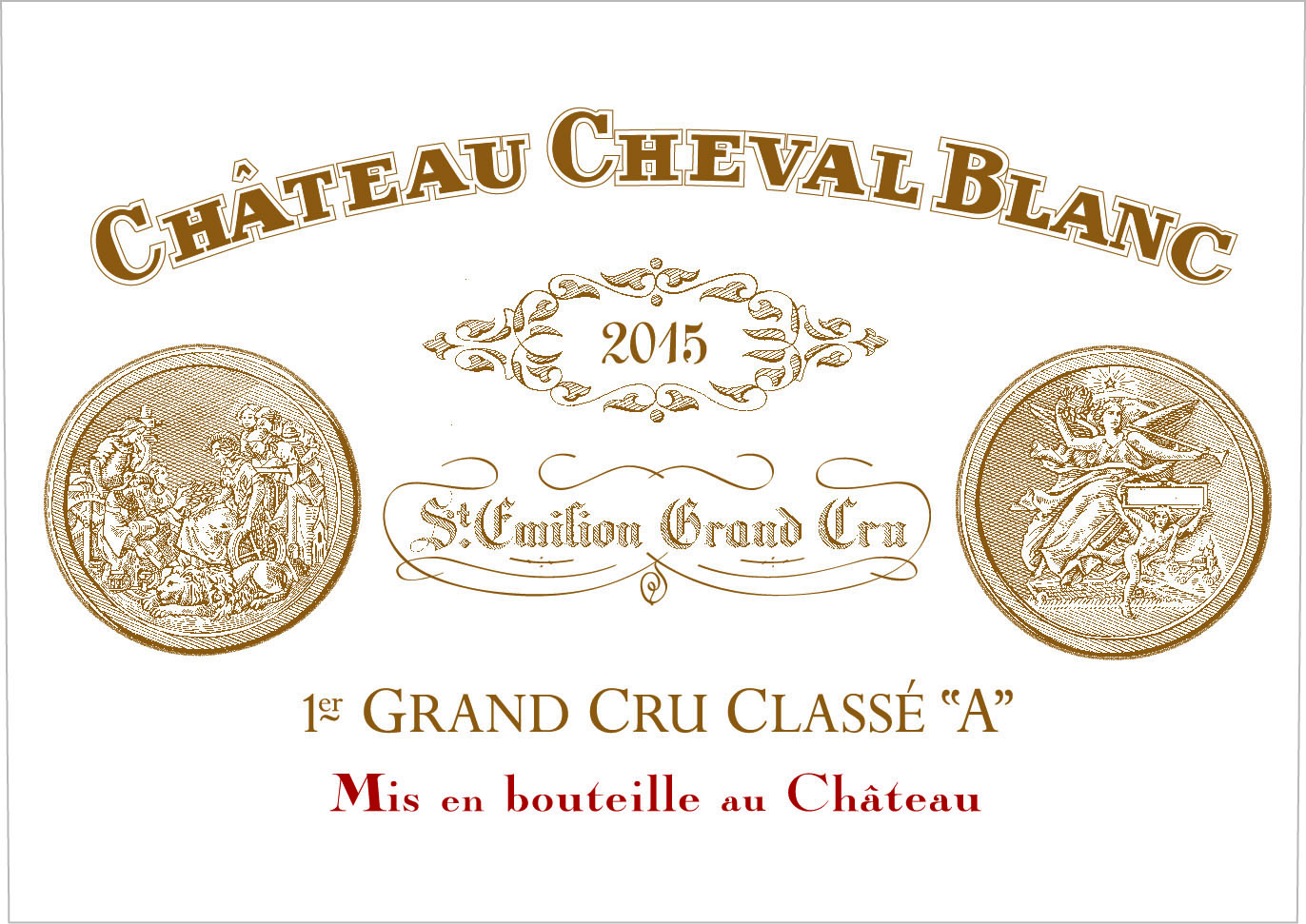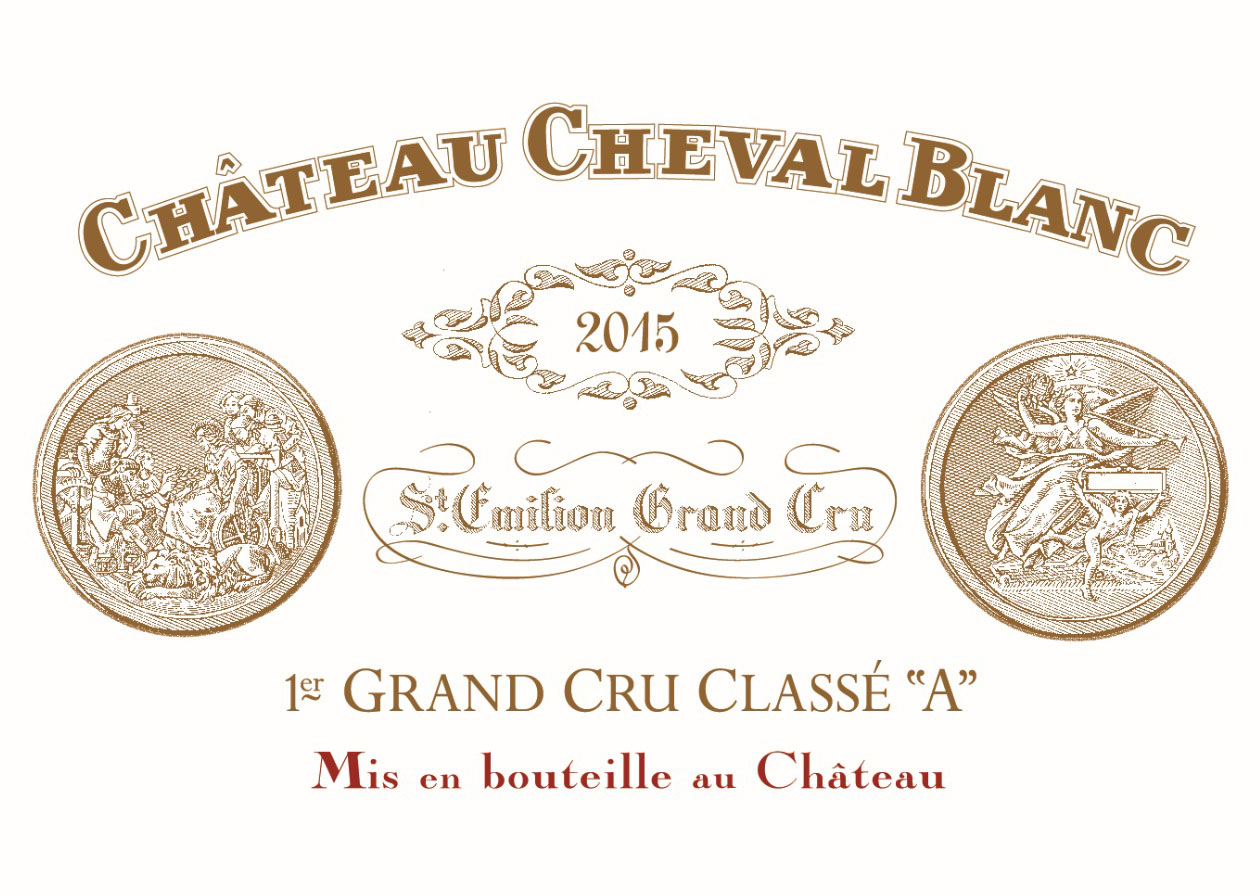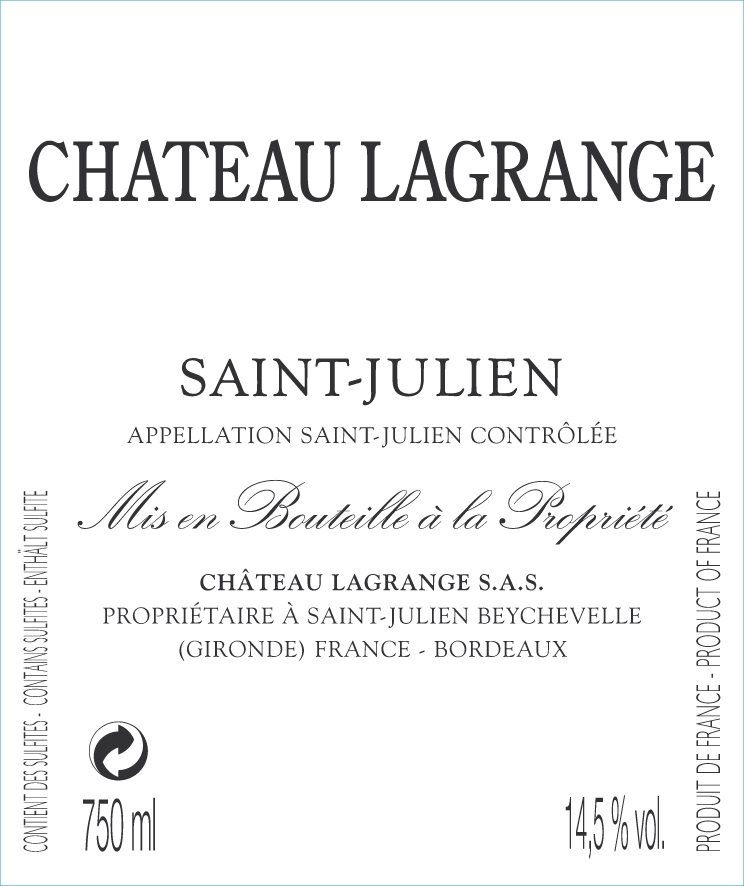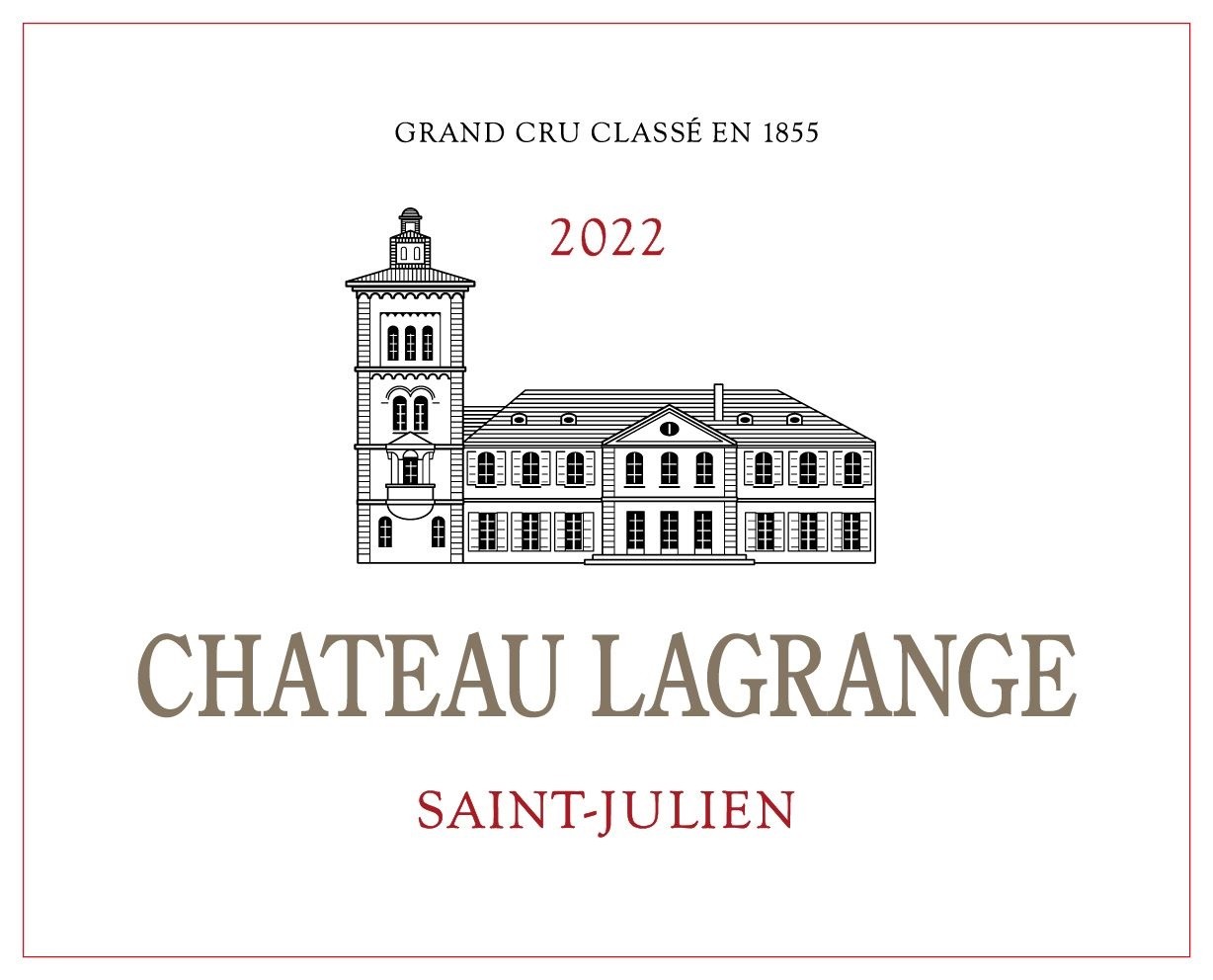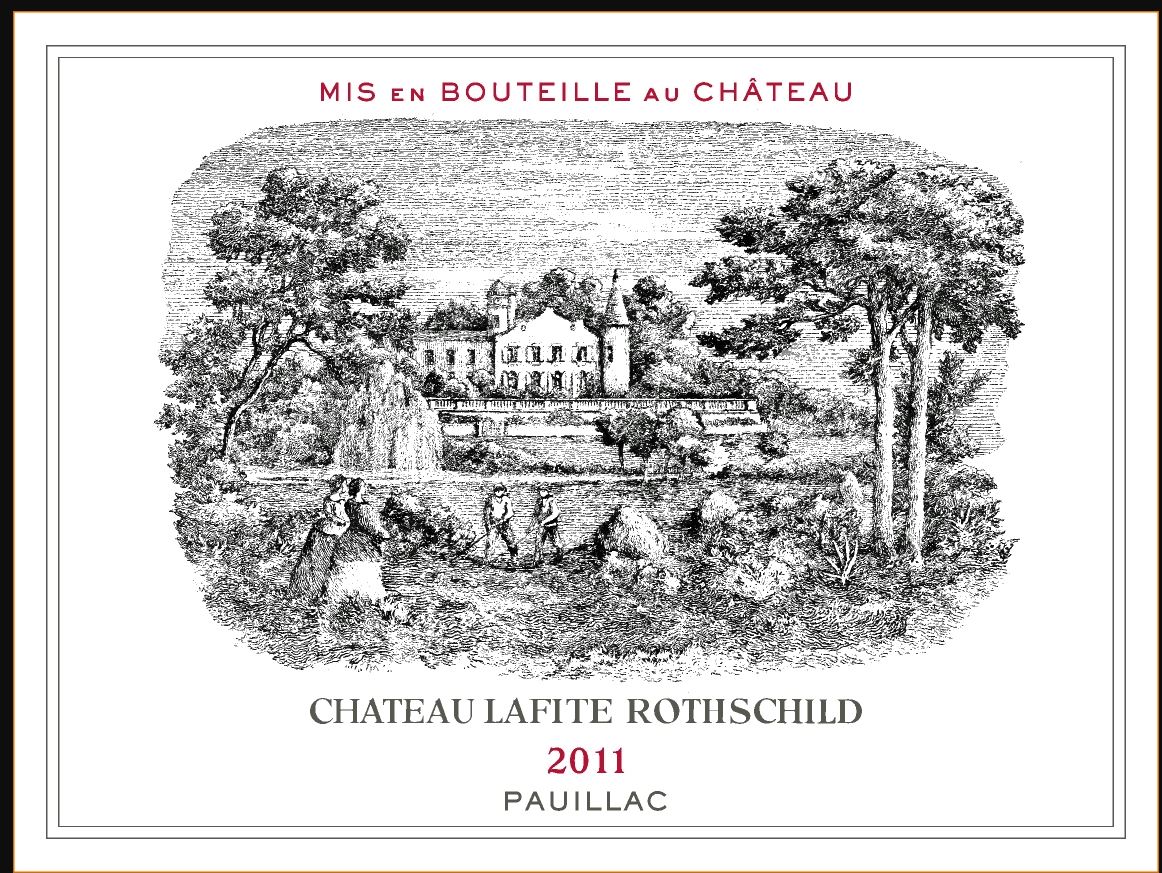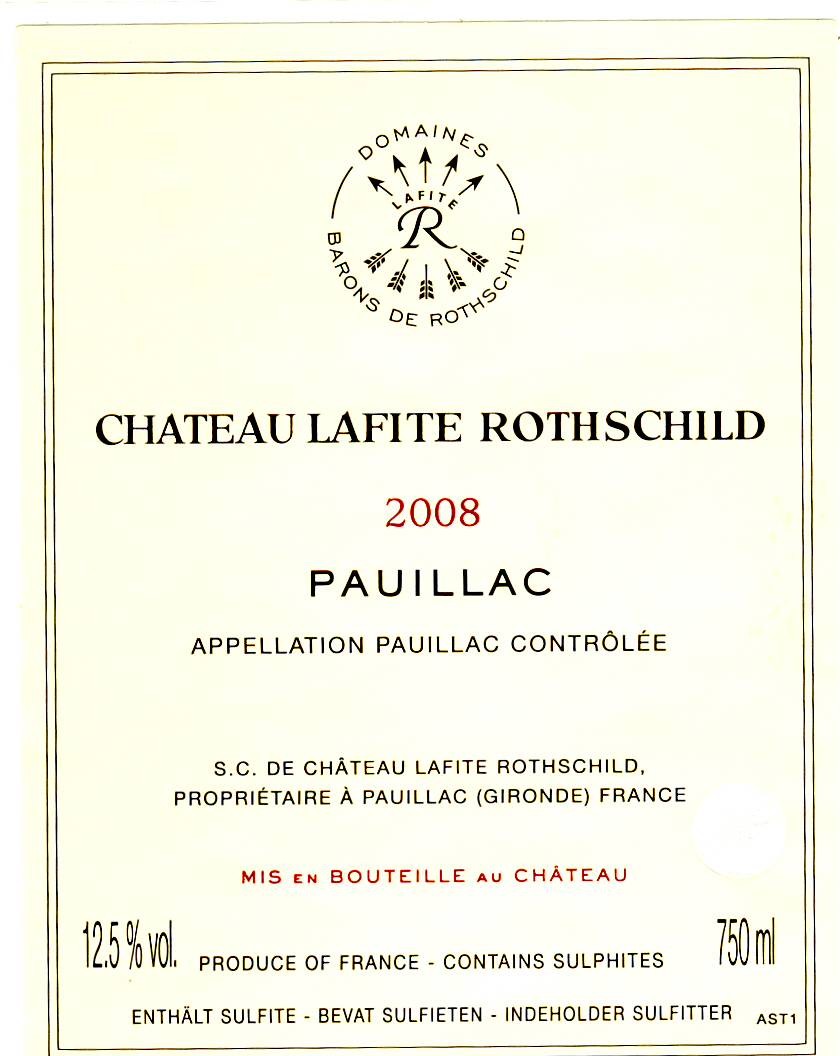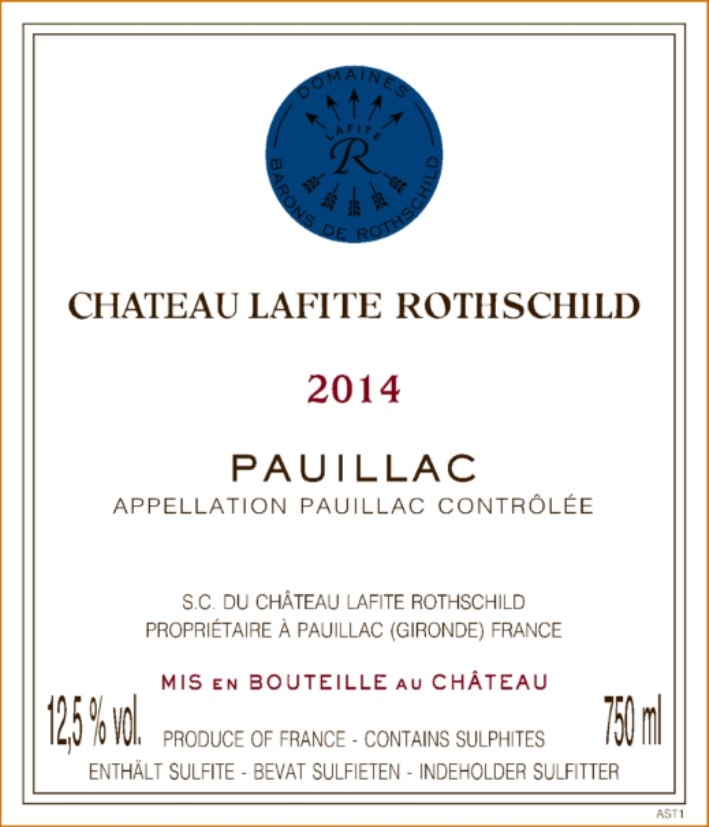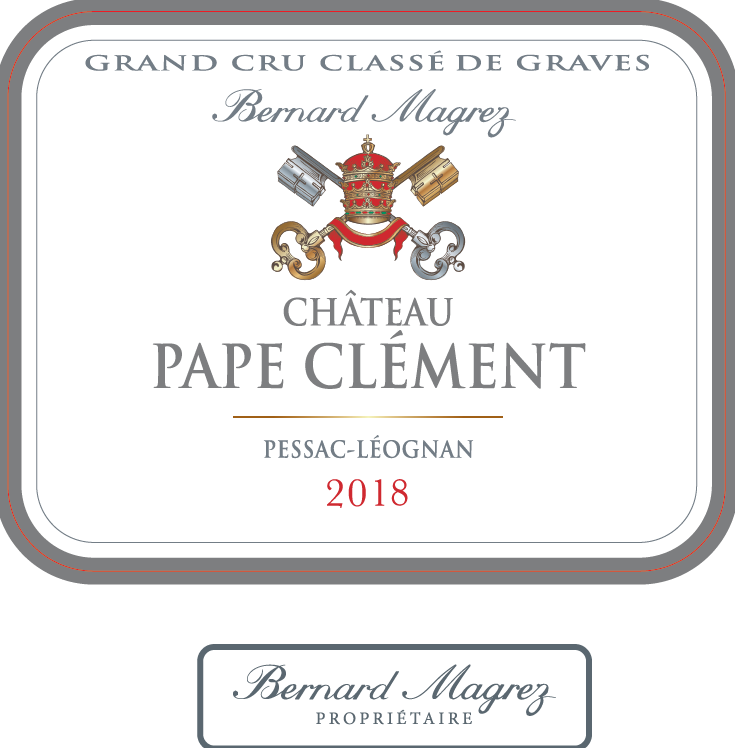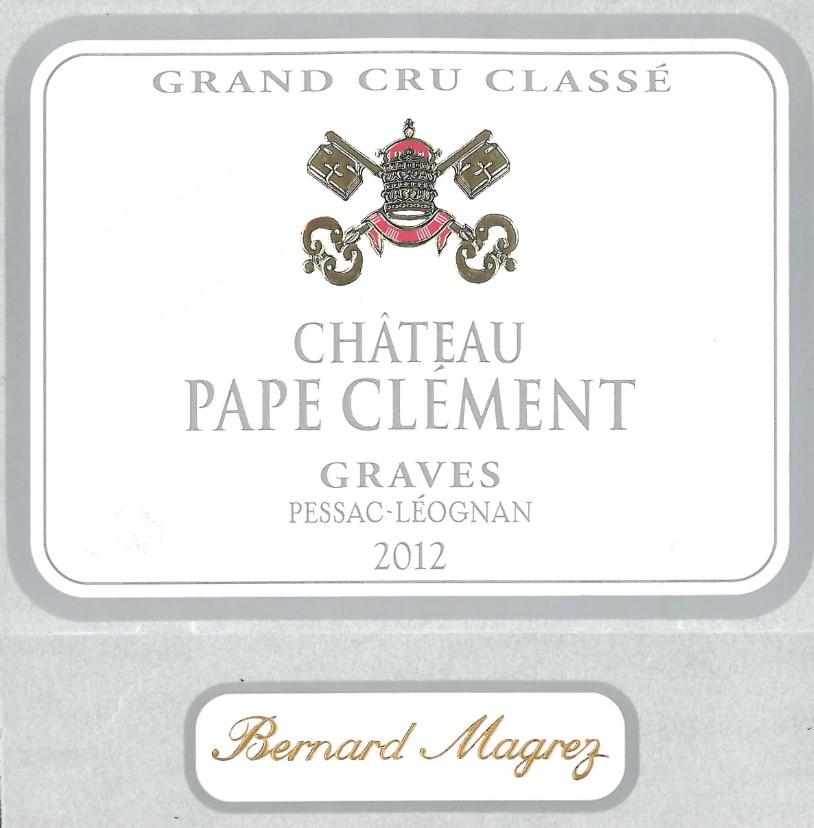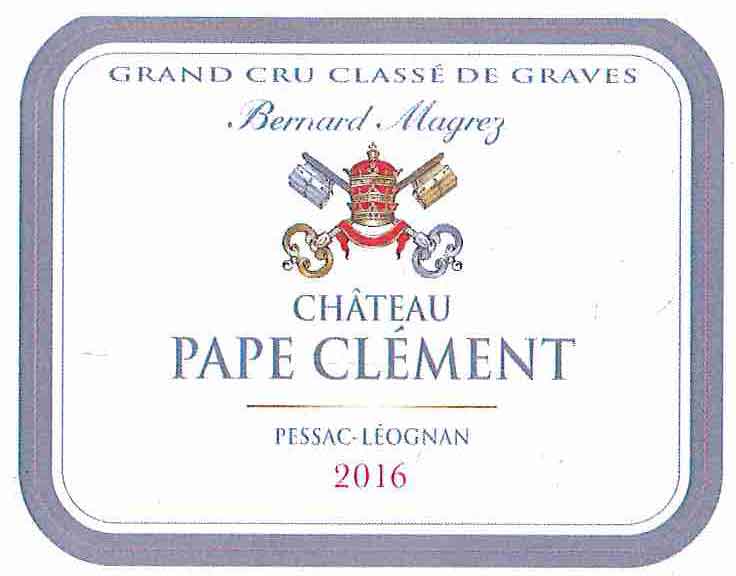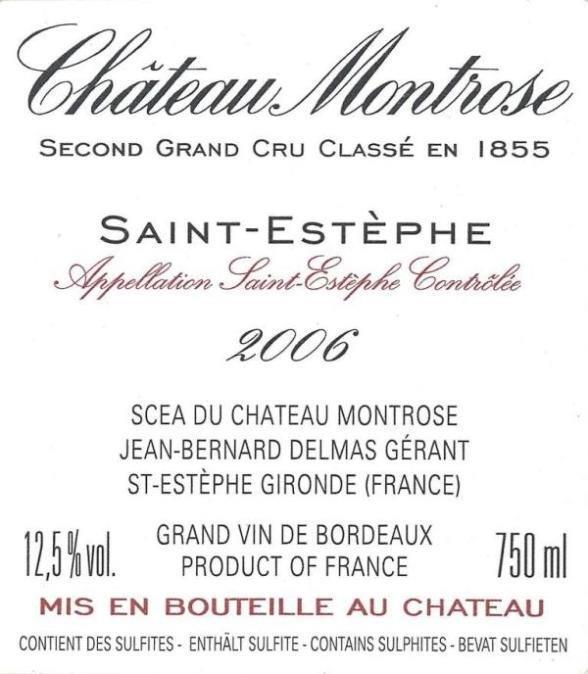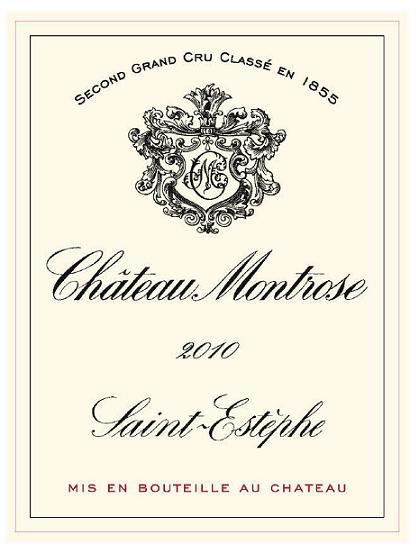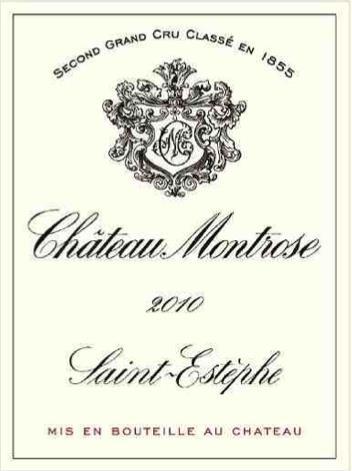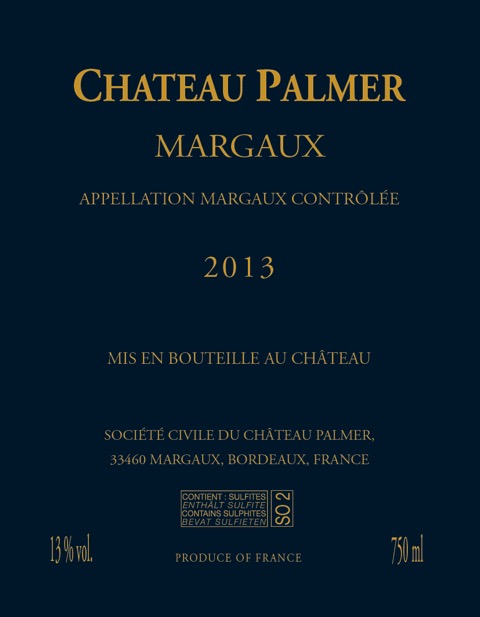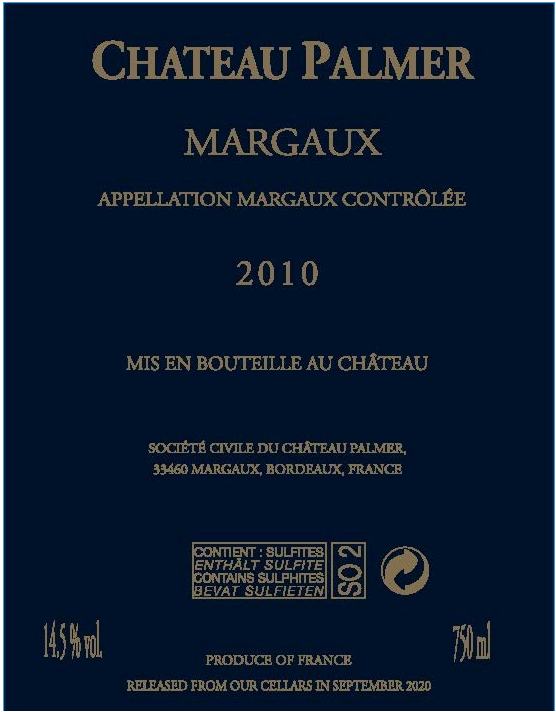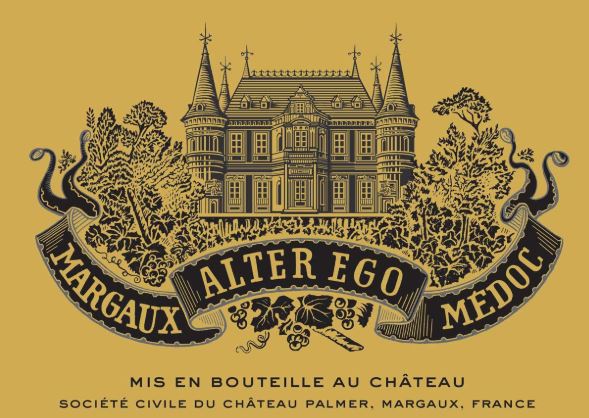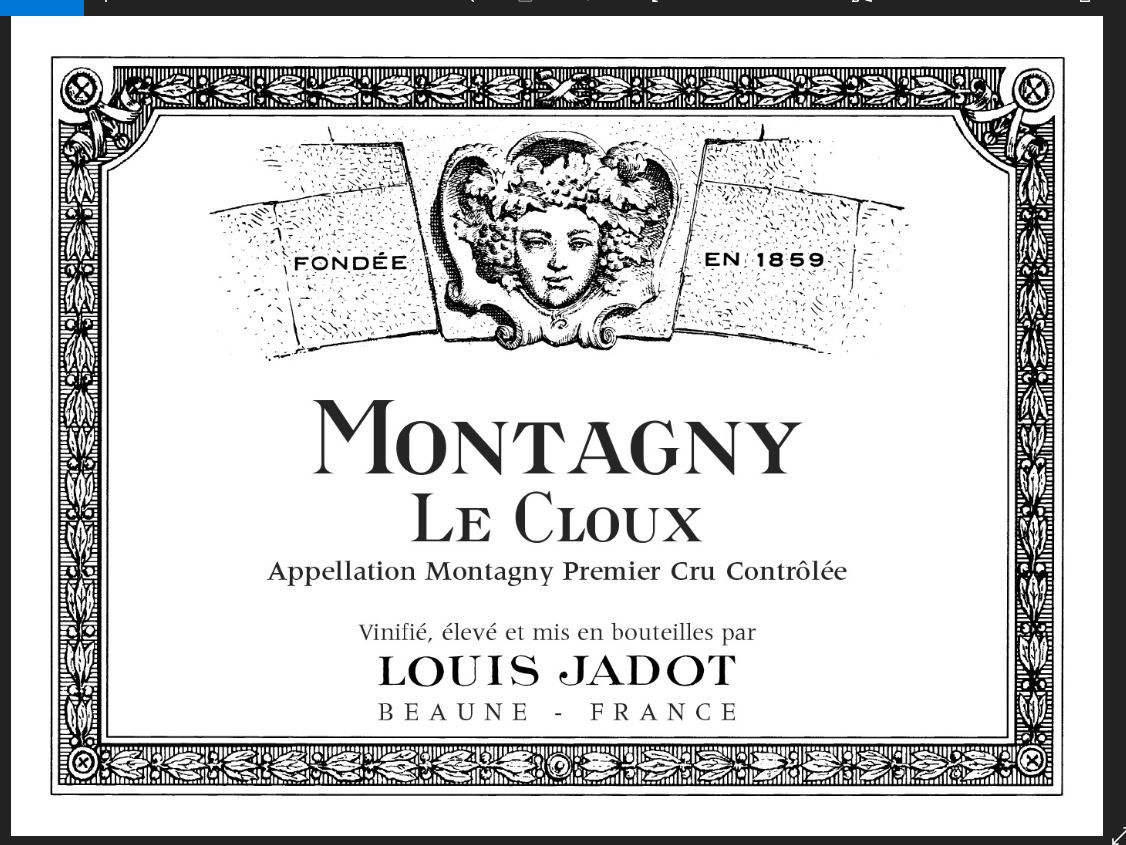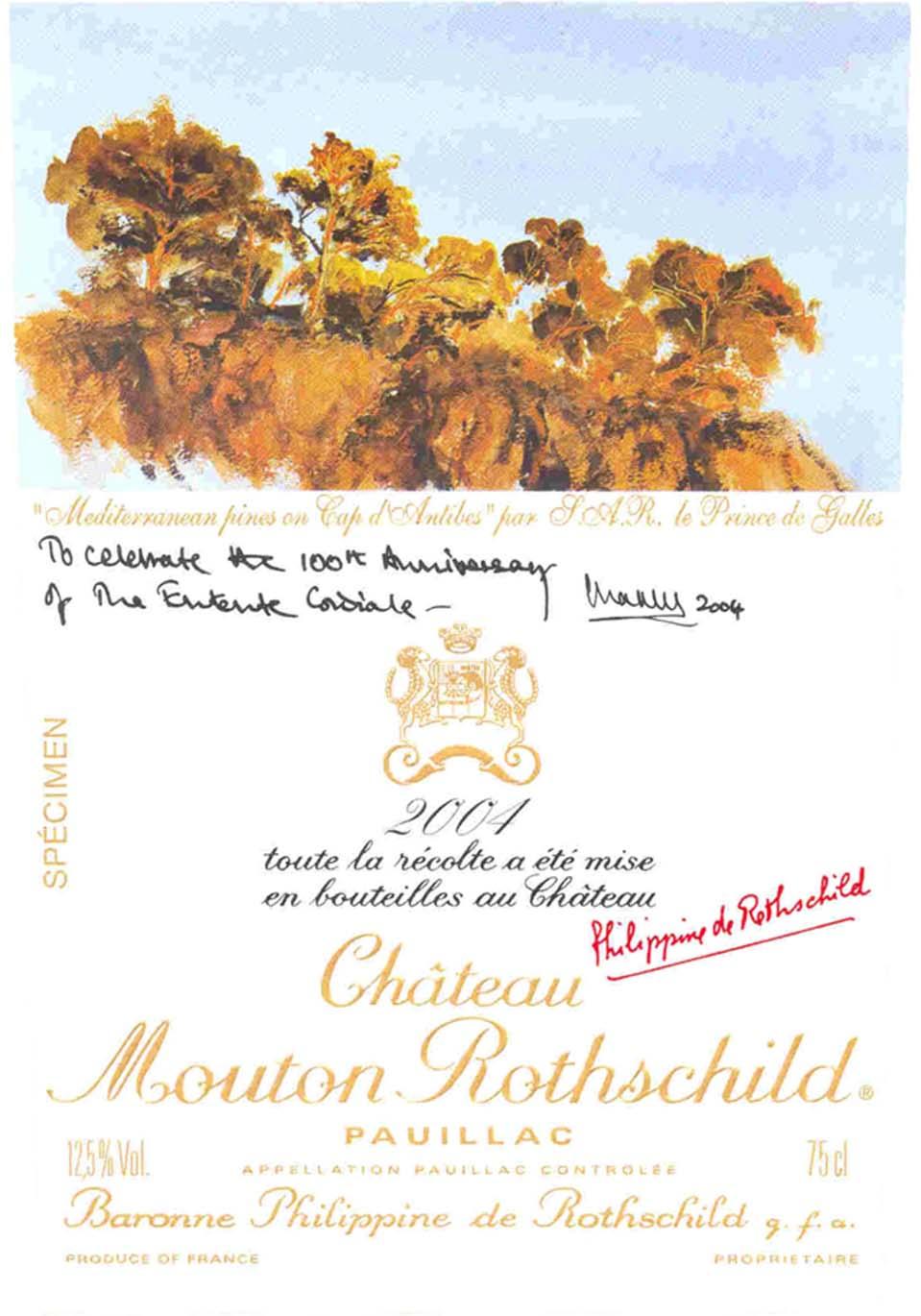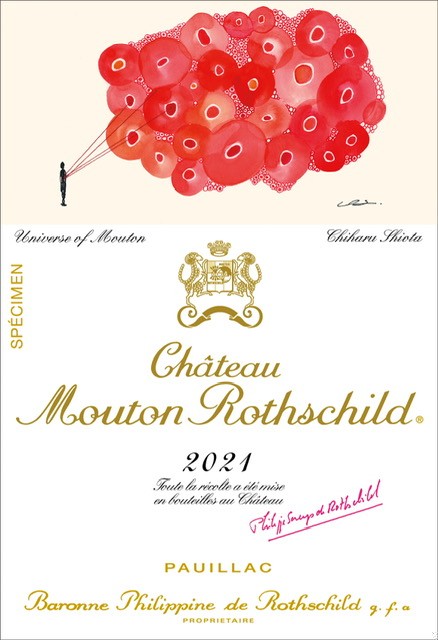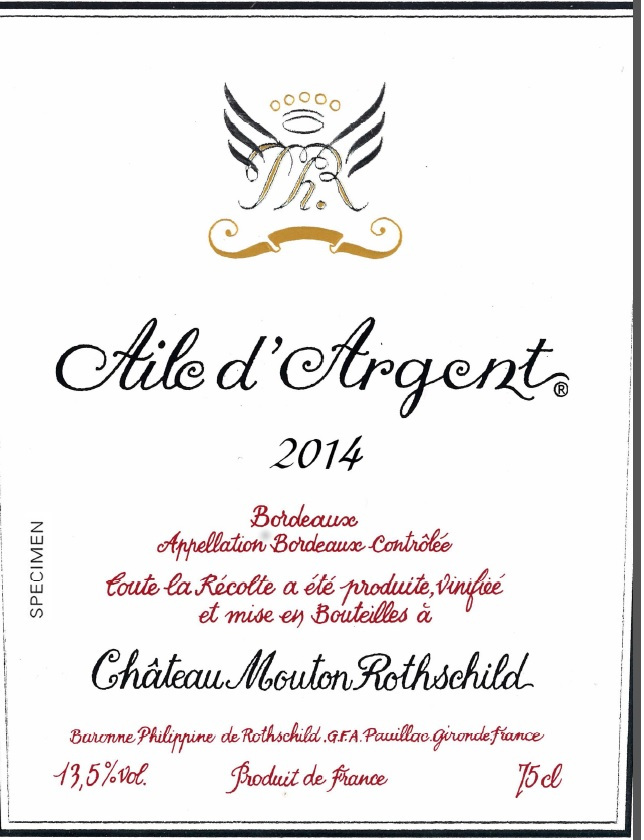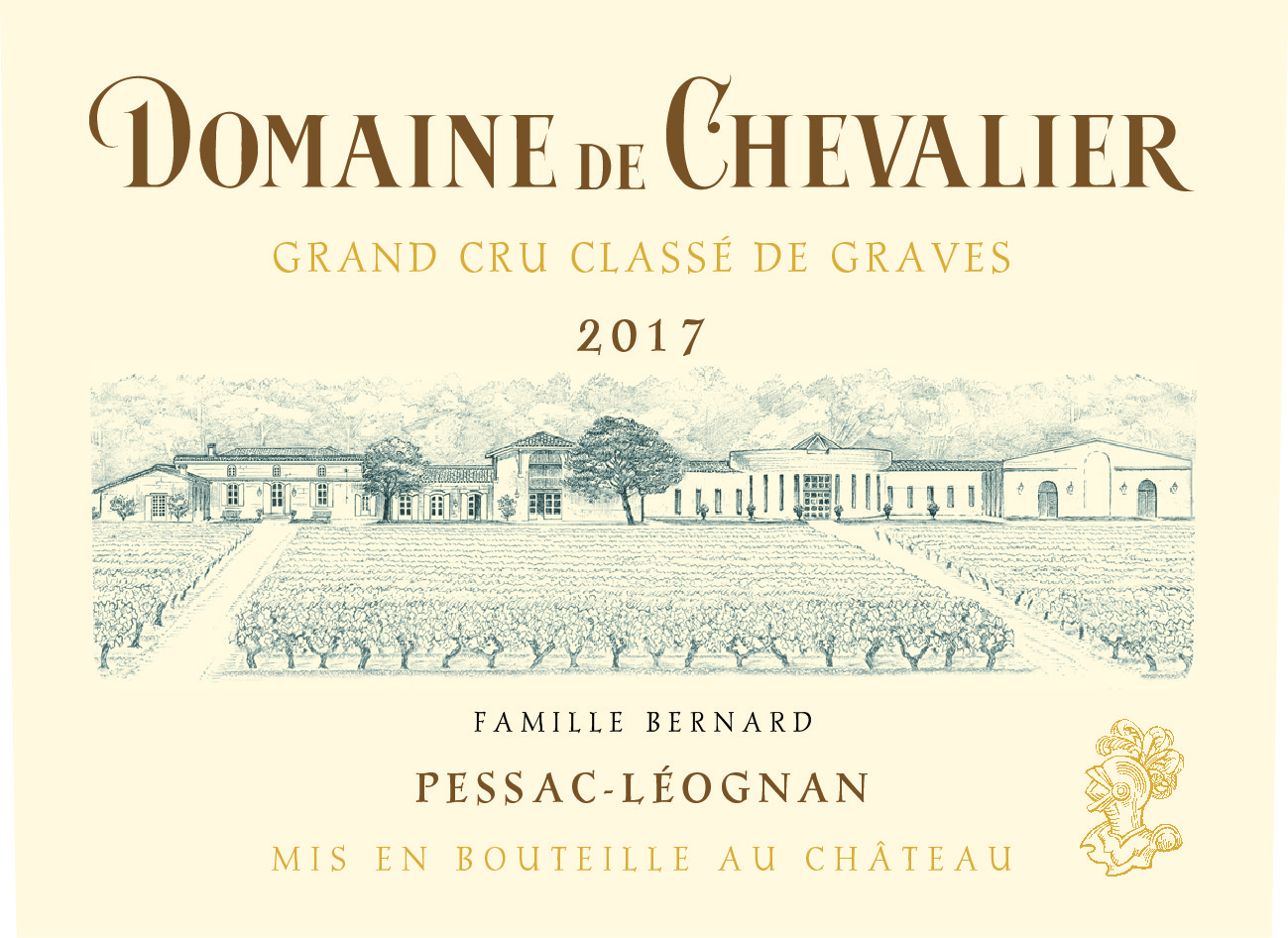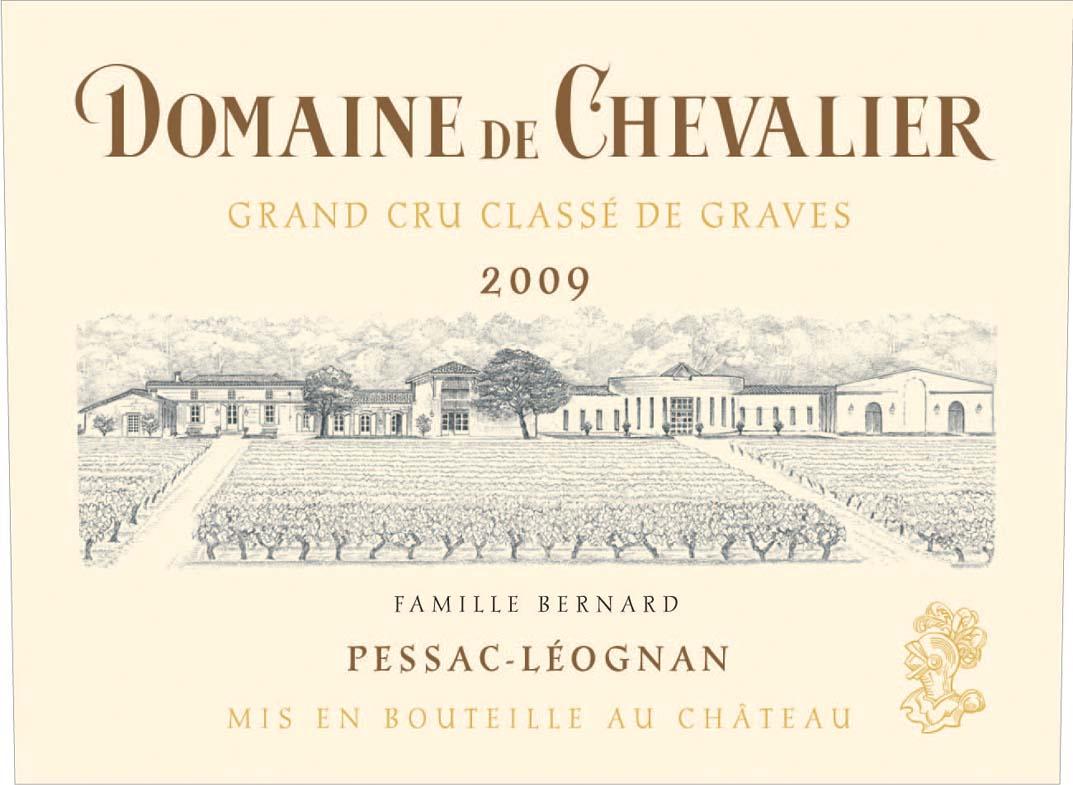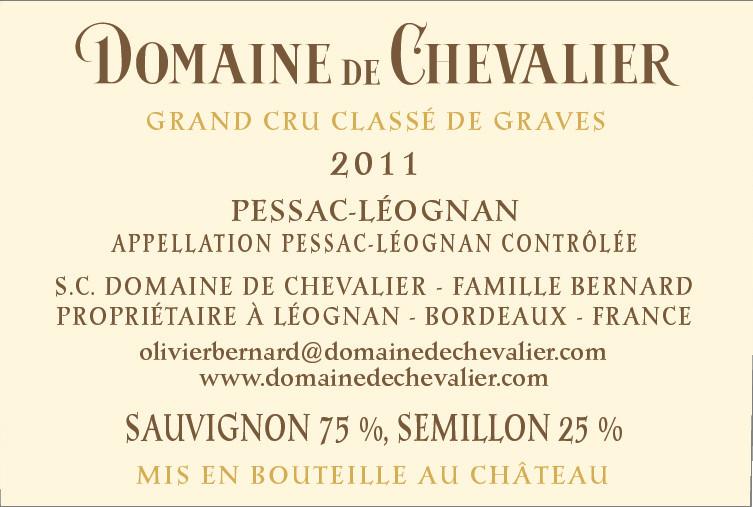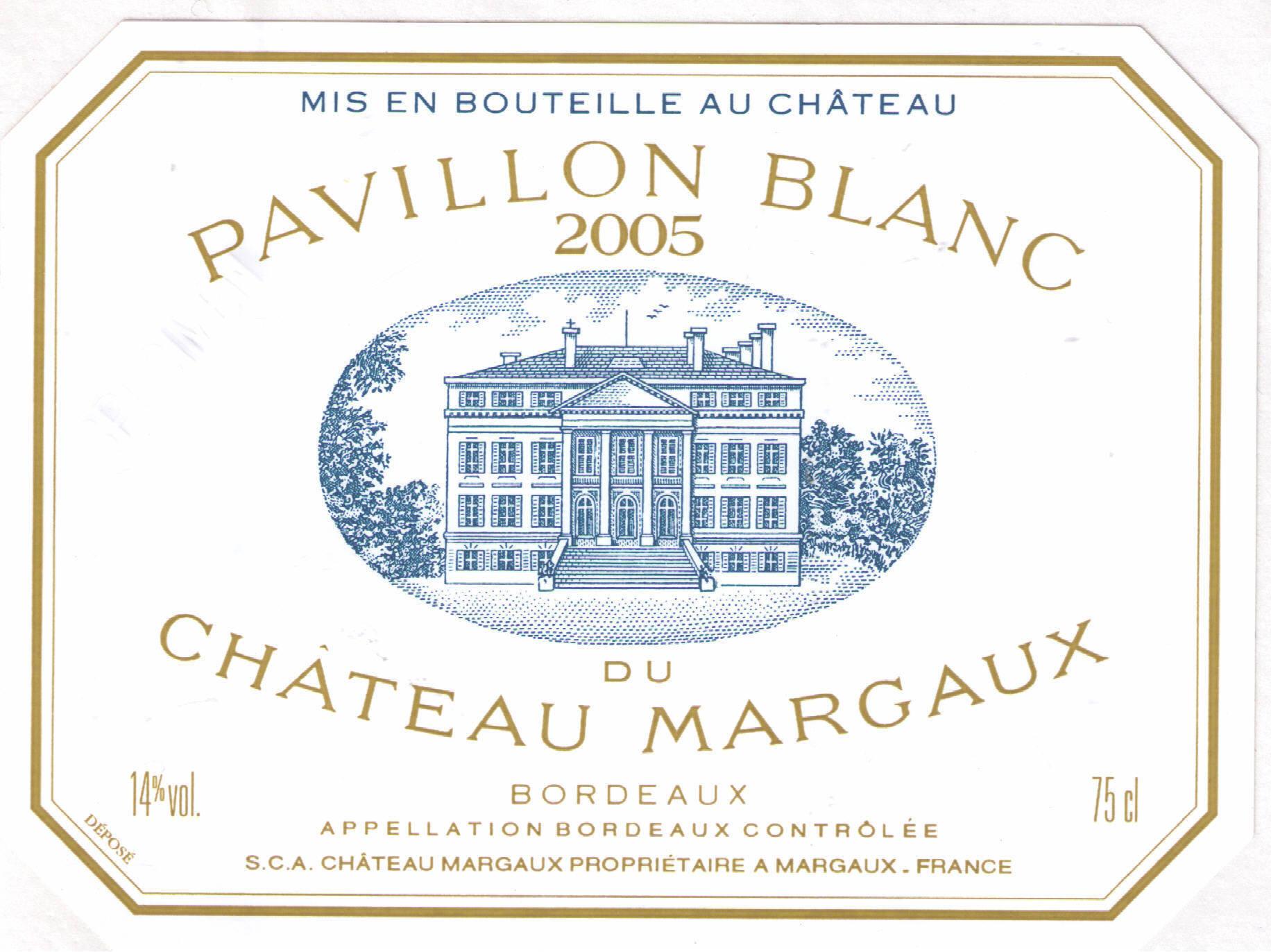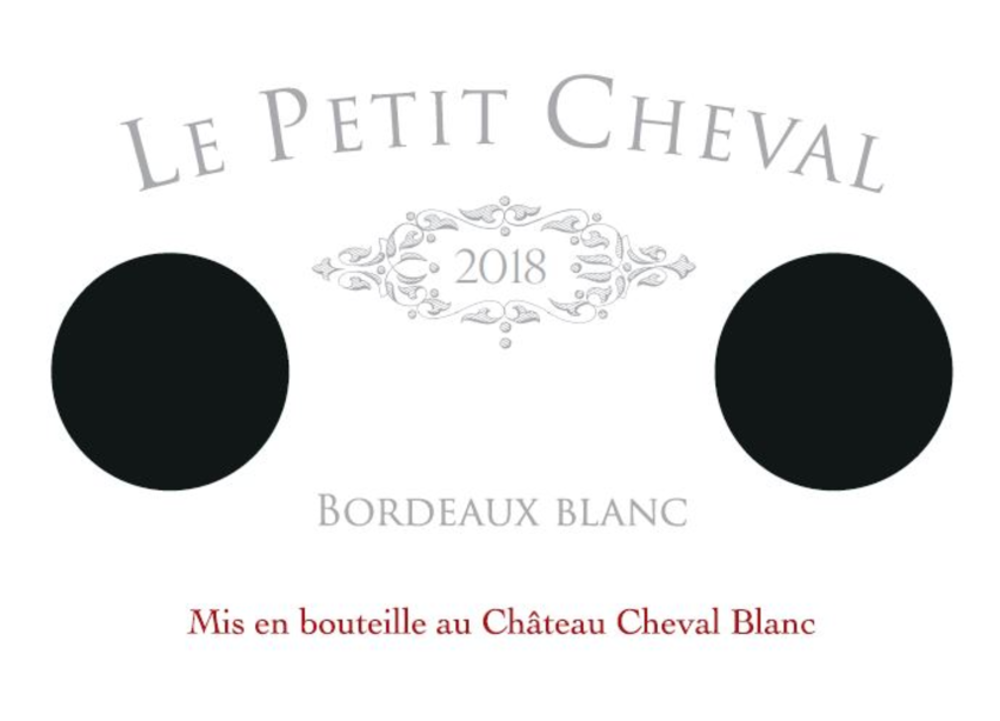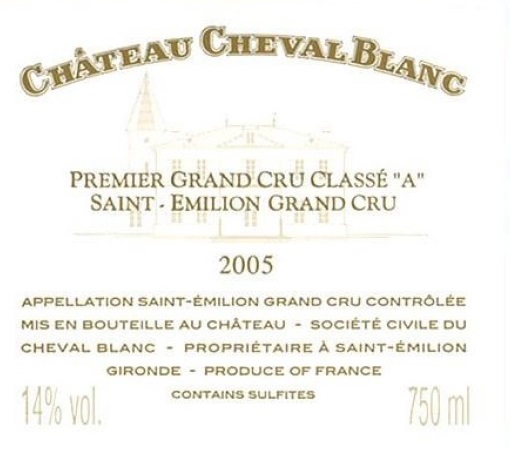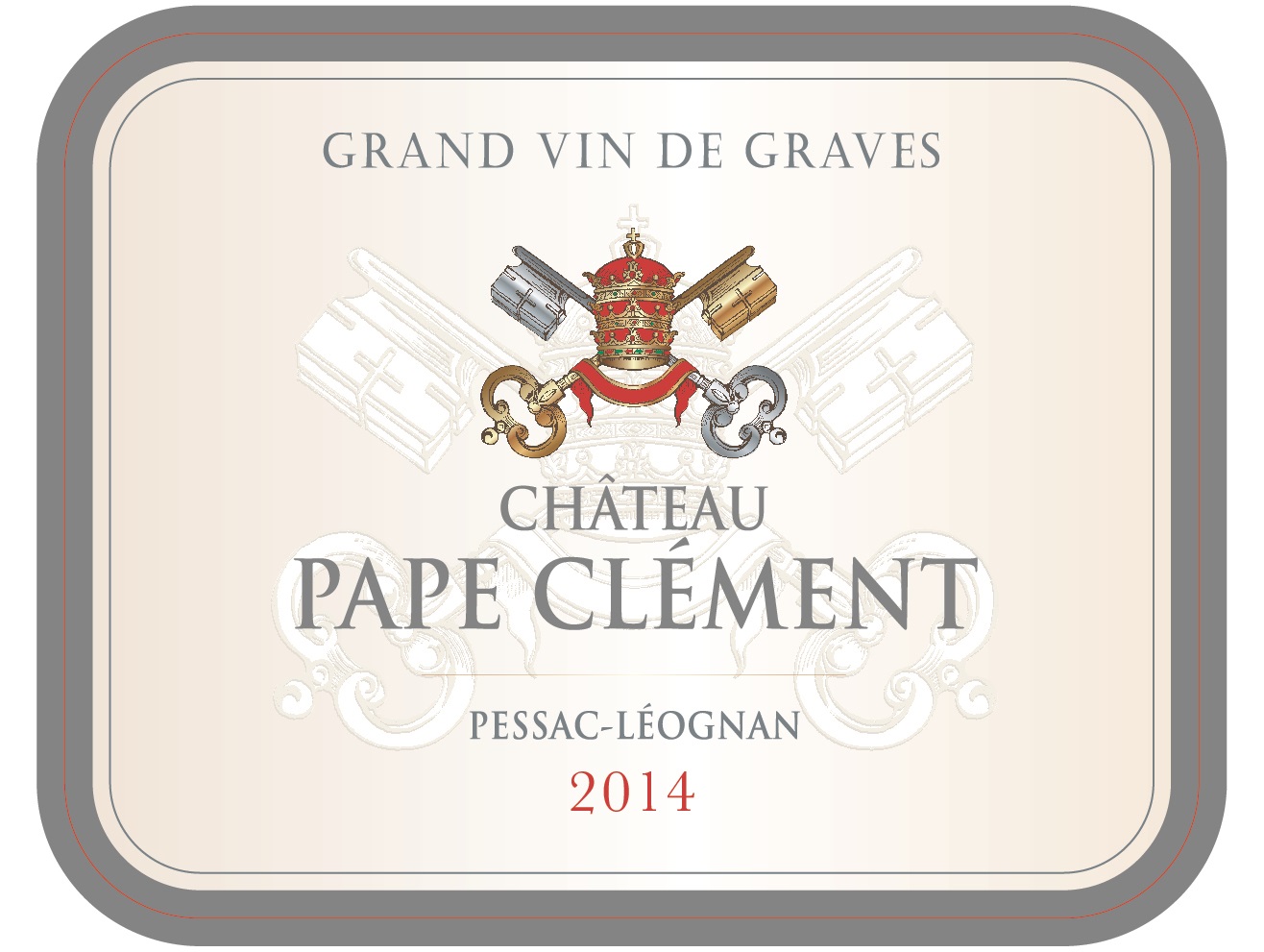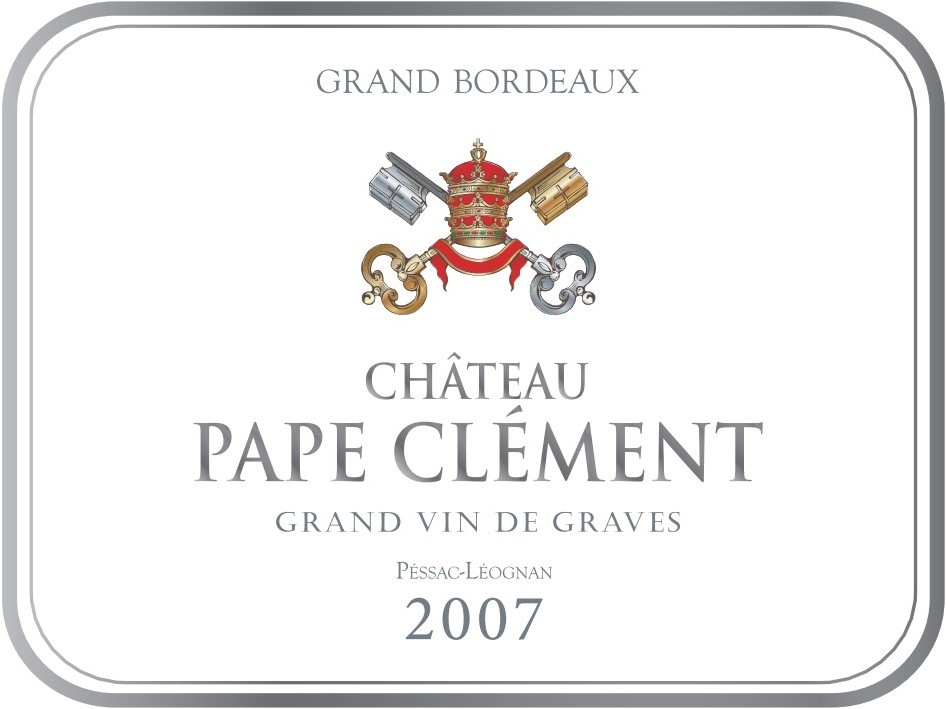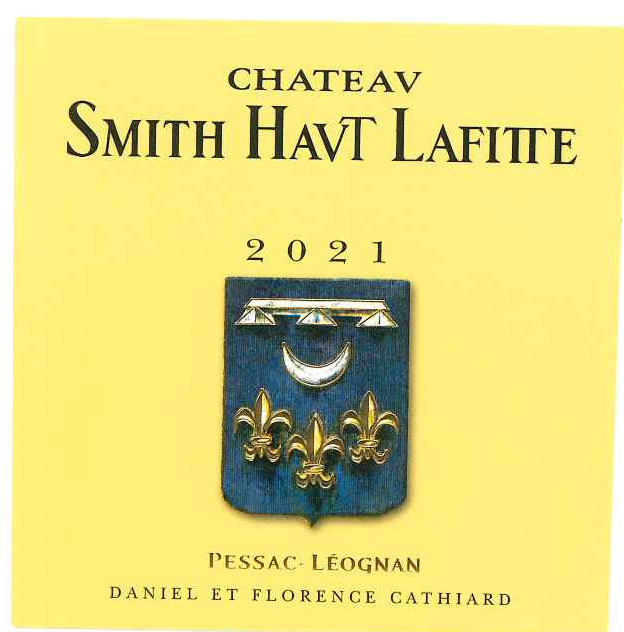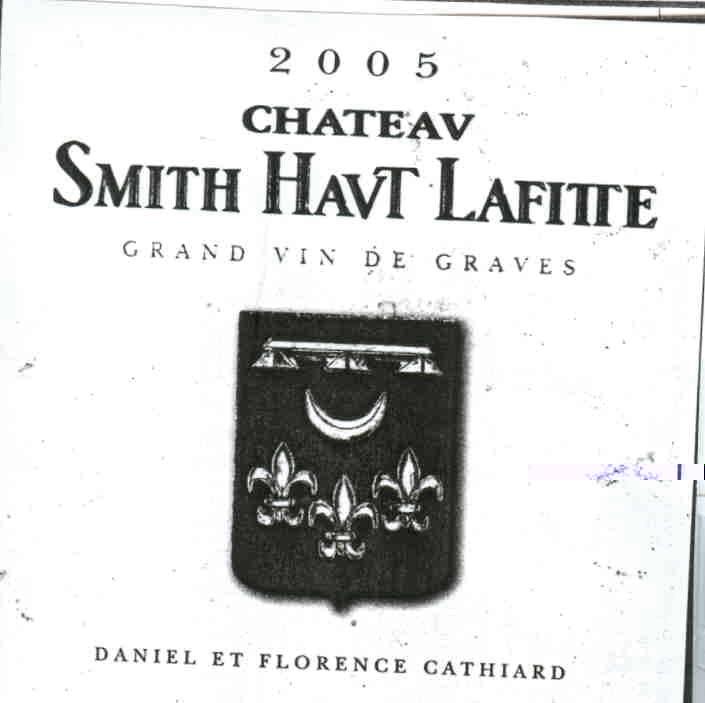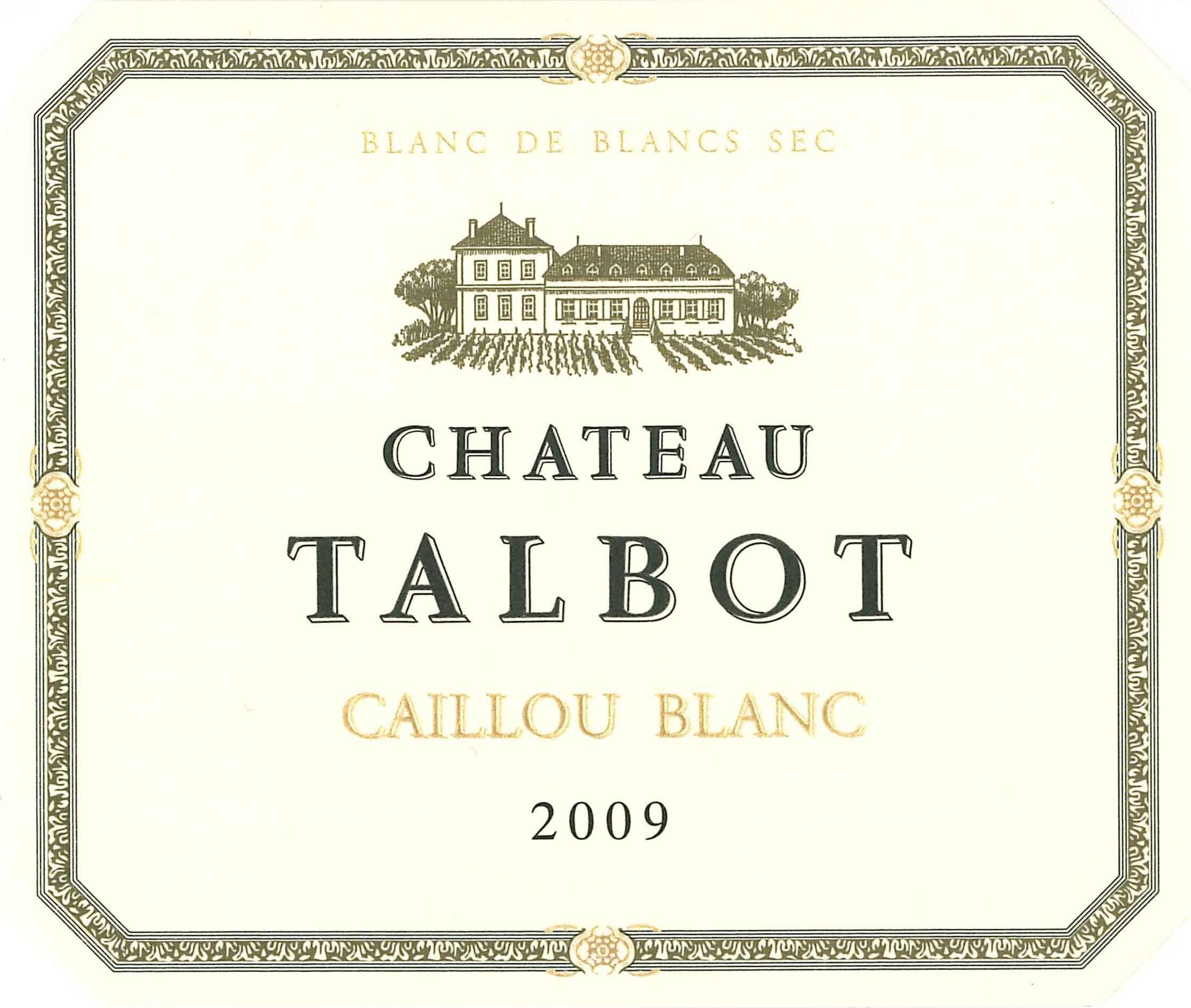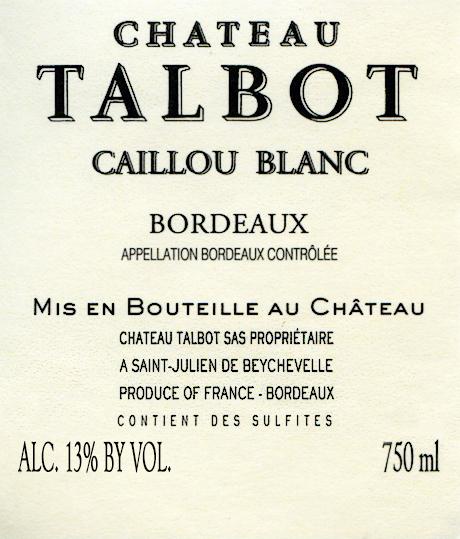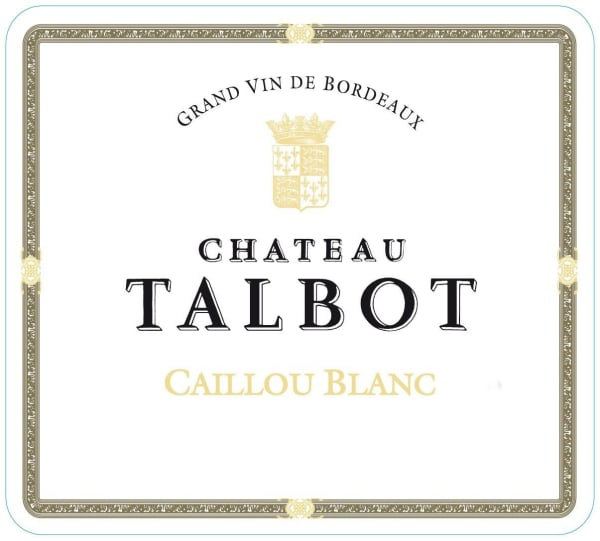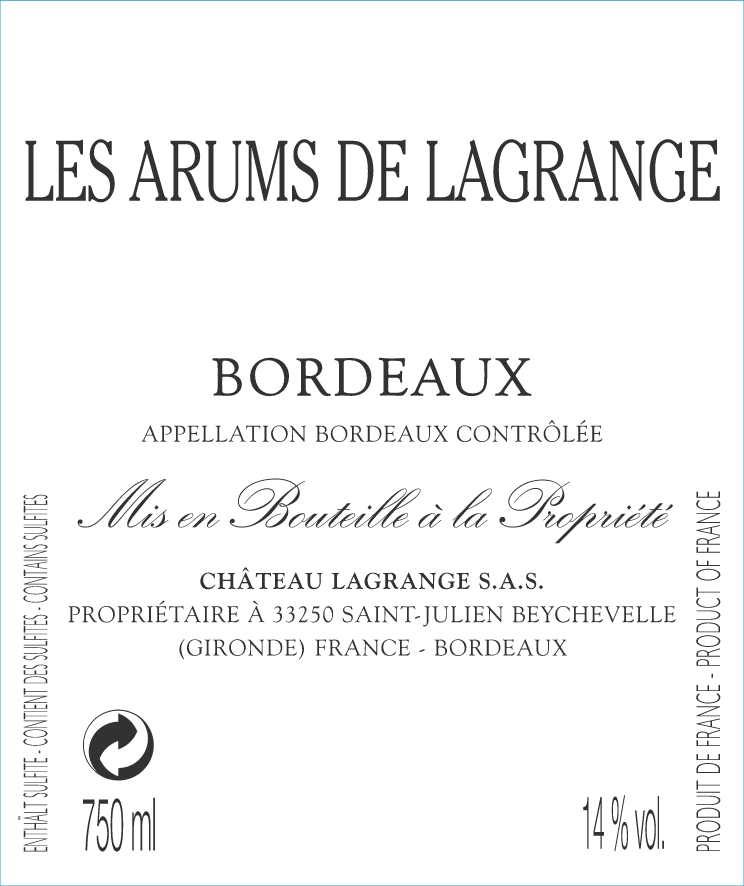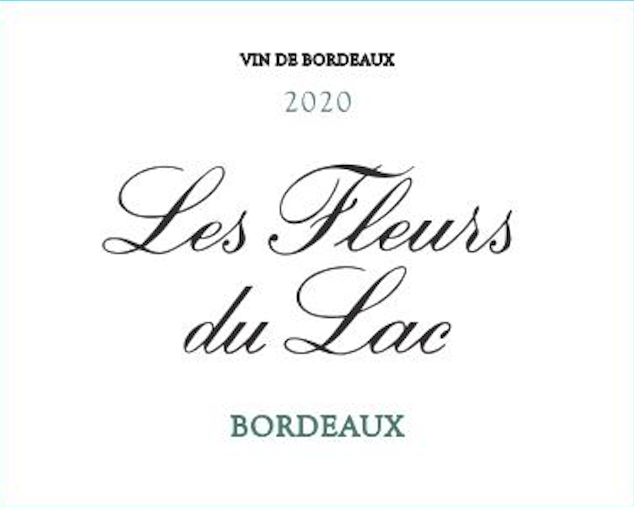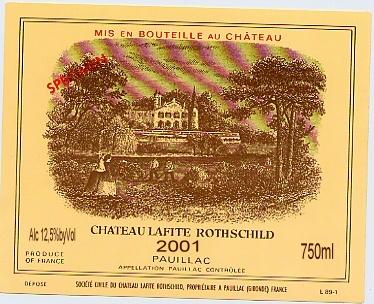Terroir of Bordeaux
Bordeaux's moderate maritime climate, with warm summers and mild winters, is ideal for growing grapes. Annual rainfall ranges from 800 to 1,000 mm, and the Landes forest protects the area from Atlantic winds. Rivers like the Gironde help keep temperatures stable, reducing frost risk.
On the Left Bank, the Médoc and Graves areas have gravel-rich soils, perfect for ripening Cabernet Sauvignon, as they drain well and retain heat. Meanwhile, the Right Bank, including Saint-Émilion and Pomerol, features clay and limestone soils that favor Merlot and Cabernet Franc. Saint-Émilion's limestone plateau adds a mineral quality, while Pomerol's blue clay enriches Merlot with density.
Sauternes and Barsac benefit from morning mists created by the Ciron and Garonne rivers, promoting noble rot. This, along with gravel and limestone soils, results in some of the world's finest sweet wines.
Notable Wineries in Bordeaux
In Bordeaux, a region renowned for its rich wine heritage, several wineries stand out for their exceptional contributions to the wine world:
-
Château Lafite Rothschild: Located in Pauillac, it is celebrated for its elegant, Cabernet-driven wines with remarkable aging potential.
-
Château Margaux: Situated in Margaux, this winery crafts floral and silky blends that truly express their unique terroir.
-
Château Latour: Known for producing dense, structured wines with impressive longevity, this Pauillac estate is a classic.
-
Château Haut-Brion: In Pessac-Léognan, it produces earthy, Merlot-forward reds and top-notch dry whites.
-
Château d’Yquem: A Sauternes icon, setting the gold standard for sweet wines with its luscious offerings.
Sustainable Winemaking in Bordeaux
Bordeaux is at the forefront of sustainable winemaking, with over 75% of its vineyards following certified environmental practices. This includes organic and biodynamic farming, with a quarter of the vineyards dedicated to organic methods. Cover cropping, planting hedgerows, and mechanical weeding are standard practices that enhance ecosystem health.
The "Cultivons Demain" initiative by CIVB focuses on biodiversity, reducing carbon footprints, and community involvement. From 2007 to 2022, Bordeaux cut carbon emissions by 39% through lightweight bottles, solar energy, and electric vehicles. Additionally, smart water management and experimenting with heat-resistant grape varieties like Marselan and Touriga Nacional help Bordeaux adapt to climate change, ensuring its wines remain world-class.
Wine Tourism in Bordeaux
Bordeaux offers a rich tapestry of wine tourism experiences.
Visitors can explore iconic wine routes through Médoc, Graves, Sauternes, and Saint-Émilion, each offering a unique taste of the region's heritage.
The area is renowned for its blend of prestigious First Growth estates and charming family-run wineries.
Beyond wine tasting, Bordeaux entices with cycling tours through scenic vineyards, immersive blending workshops, and engaging events like Bordeaux Fête le Vin.
Dining experiences range from Michelin-starred venues to local favorites, pairing regional specialties with the perfect Bordeaux wine.
Accommodations vary from boutique wine hotels to rustic estate stays, ensuring comfort amid picturesque settings.
Cultural attractions, including the UNESCO World Heritage site of Saint-Émilion and La Cité du Vin museum, provide enriching insights into the world of wine.
Bordeaux seamlessly marries tradition with innovation, offering an unforgettable journey into the heart of French wine culture.



